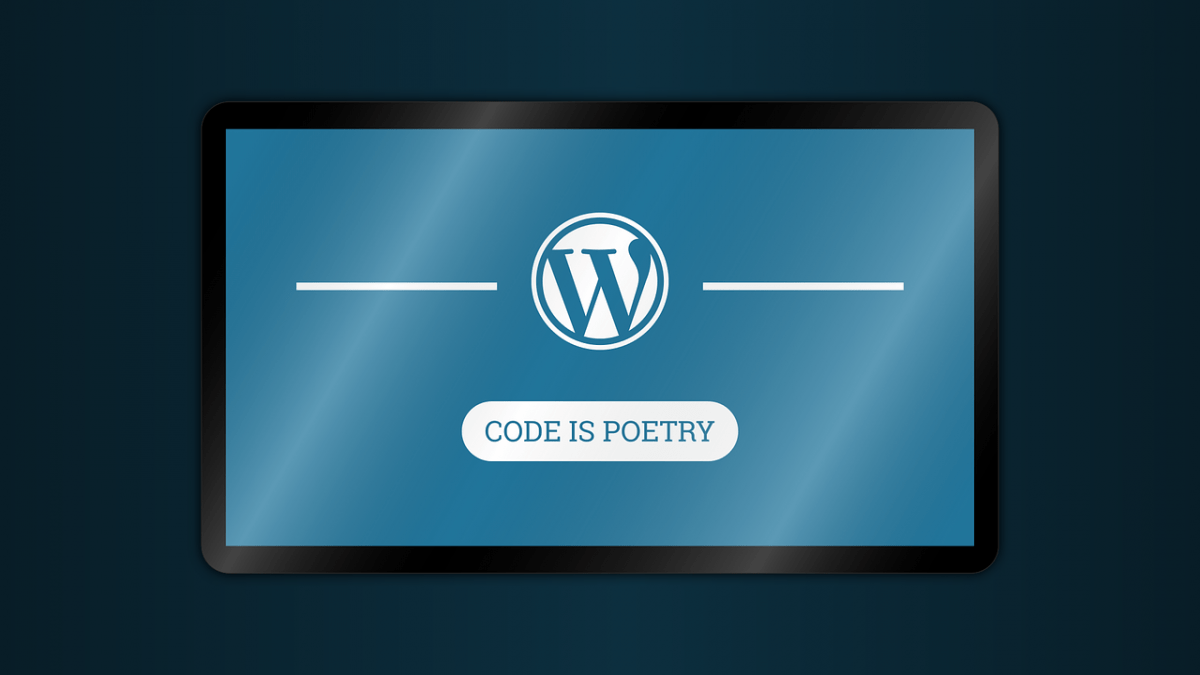My new WordPress clients are regularly confused about some of the terminology of WordPress. This makes it more difficult to talk effectively with them about what they need from their WordPress websites and blogs. So, I’ve decided to list the top 10 WordPress-related phrases every person who uses WordPress must recognize.
Term 1: Themes

A theme is a group of documents that creates the visual appearance of your WordPress website or blog. Themes are like ‘skins’ that you can easily download, deploy, and start using for your website. Themes can also encompass some custom functions to provide you with more control over the presentation and functionality of your website. In a fashionable, simplest one, a Theme may be used at a time.
Term 2: Templates
In WordPress, templates are certainly one of several particular files that manipulate how a specific web page in your website is displayed. For example, your subject may additionally have multiple page layouts, perhaps one with a sidebar and one without. Some templates manipulate the pinnacle of all your pages, including navigation, known as a “header,” the bottom of all of your pages, called a “footer,” and “sidebars” (see below). Templates can also be created for a particular page, submission, category, and much more.
Term 3: Plugins
Plugins are a group of documents that you may download and set up to feature certain functionality on your web page. For example, there are plugins for e-commerce and Search Engine Optimization to create specific features like a calendar or alter how you manipulate and perform your website. There are 1,000s of plugins, most of which can be uninstalled.
Term 4: Sidebar
A sidebar is a segment of your website that commonly appears along your pages’ left or right side, but can also appear in other locations, such as the footer. You can also have more than one sidebar on your site based on the templates you’ve got.
Term 5: Widgets

Widgets are the individual blocks of content that appear in a sidebar. You can, without difficulty, add, delete, or rearrange Widgets on your sidebars by dragging and dropping them inside the WordPress admin panel. Many Widgets can also be edited to offer you greater control over how the Widgets appear on your website. Some common examples of Widgets are easy textual content, current posts, advertising, including AdSense, etc.

